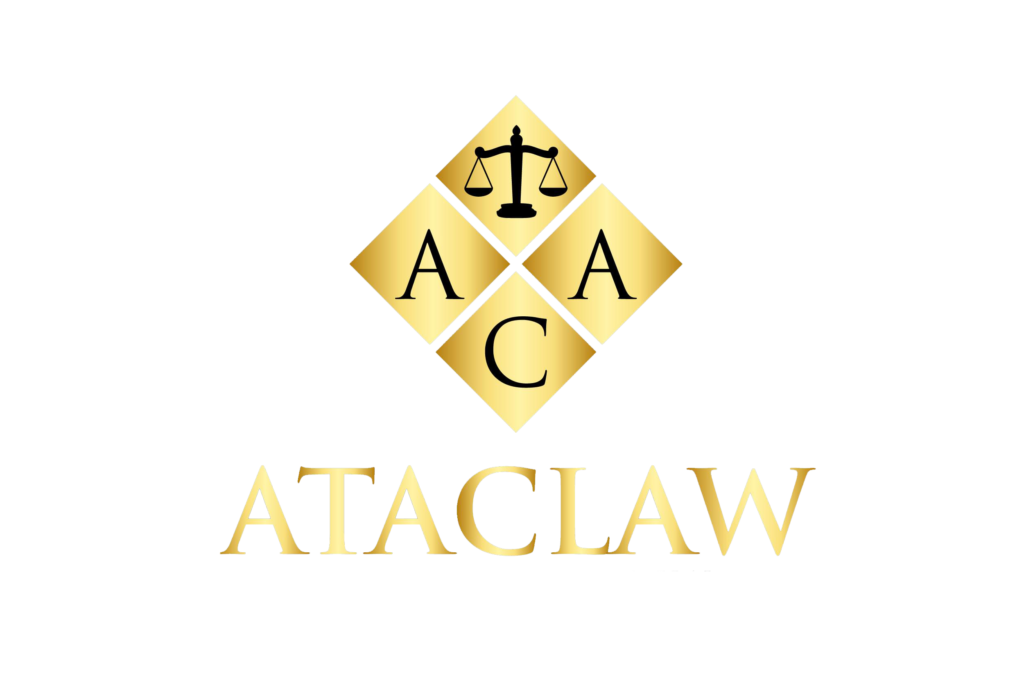Categories and punishment of felonies
1. Except when a person is convicted of a category A felony, and except as otherwise provided by specific statute, a person convicted of a felony shall be sentenced to a minimum term and a maximum term of imprisonment which must be within the limits prescribed by the applicable statute, unless the statute in force at the time of commission of the felony prescribed a different penalty. The minimum term of imprisonment that may be imposed must not exceed 40 percent of the maximum term imposed.
2.Except as otherwise provided by specific statute, for each felony committed on or after July 1, 1995:
(a) A category A felony is a felony for which a sentence of death or imprisonment in the state prison for life with or without the possibility of parole may be imposed, as provided by specific statute.
(b) A category B felony is a felony for which the minimum term of imprisonment in the state prison that may be imposed is not less than 1 year and the maximum term of imprisonment that may be imposed is not more than 20 years, as provided by specific statute.
(c) A category C felony is a felony for which a court shall sentence a convicted person to imprisonment in the state prison for a minimum term of not less than 1 year and a maximum term of not more than 5 years. In addition to any other penalty, the court may impose a fine of not more than $10,000, unless a greater fine is authorized or required by statute.
(d) A category D felony is a felony for which a court shall sentence a convicted person to imprisonment in the state prison for a minimum term of not less than 1 year and a maximum term of not more than 4 years. In addition to any other penalty, the court may impose a fine of not more than $5,000, unless a greater fine is authorized or required by statute.
(e) A category E felony is a felony for which a court shall sentence a convicted person to imprisonment in the state prison for a minimum term of not less than 1 year and a maximum term of not more than 4 years. Except as otherwise provided in paragraph (b) of subsection 1 of NRS 176A.100, upon sentencing a person who is found guilty of a category E felony, the court shall suspend the execution of the sentence and grant probation to the person upon such conditions as the court deems appropriate. Such conditions of probation may include, but are not limited to, requiring the person to serve a term of confinement of not more than 1 year in the county jail. In addition to any other penalty, the court may impose a fine of not more than $5,000, unless a greater penalty is authorized or required by statute.
